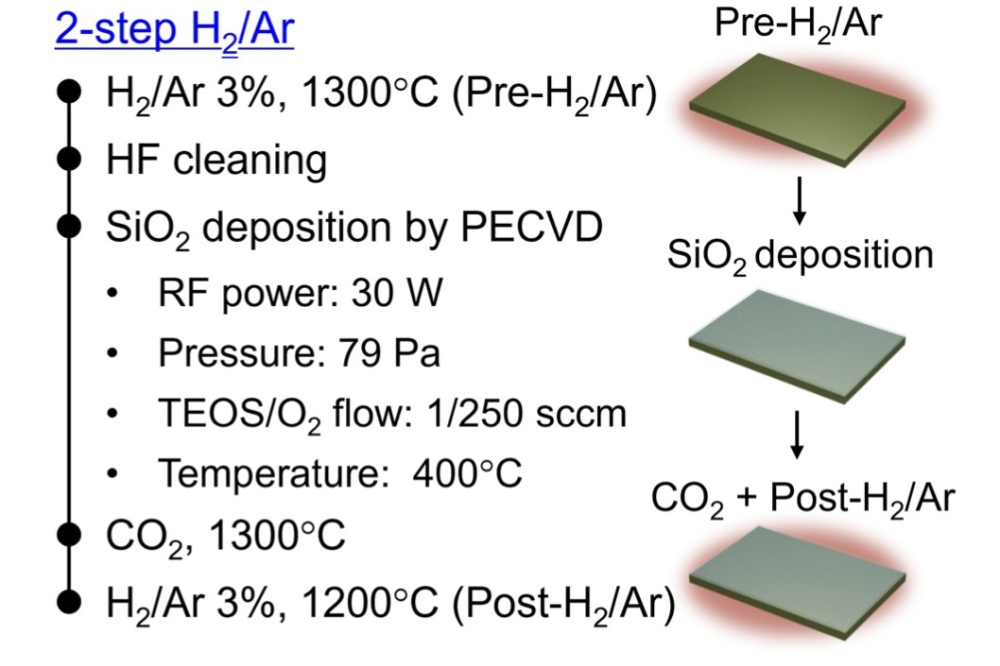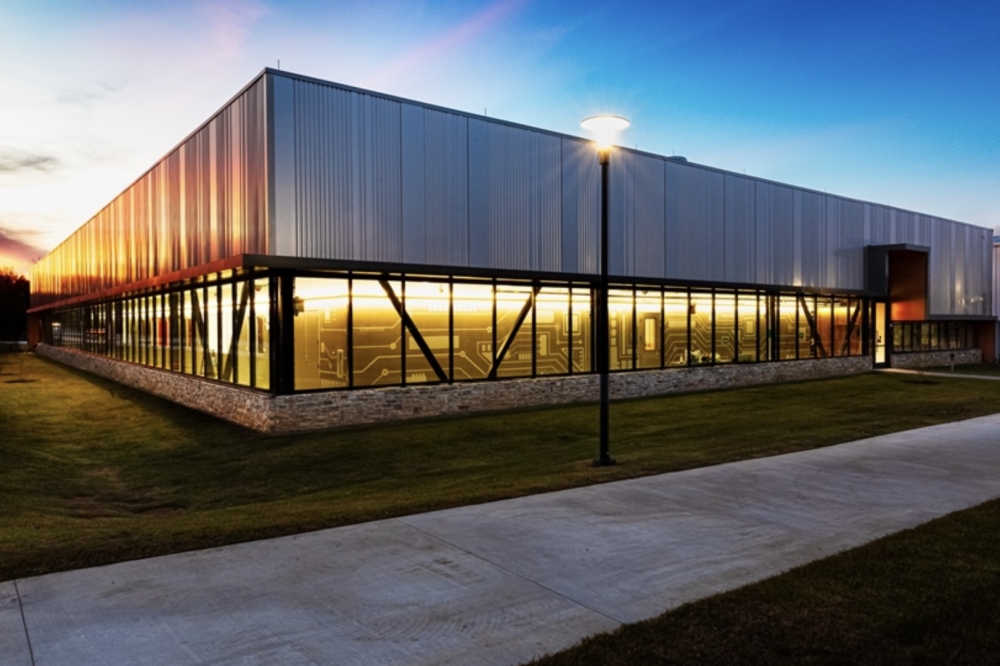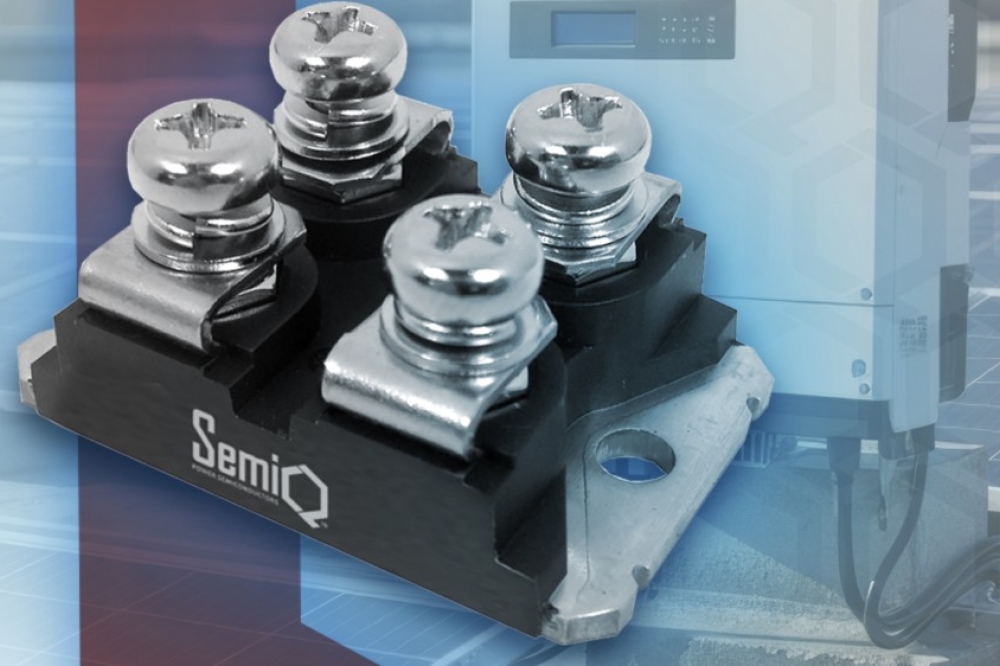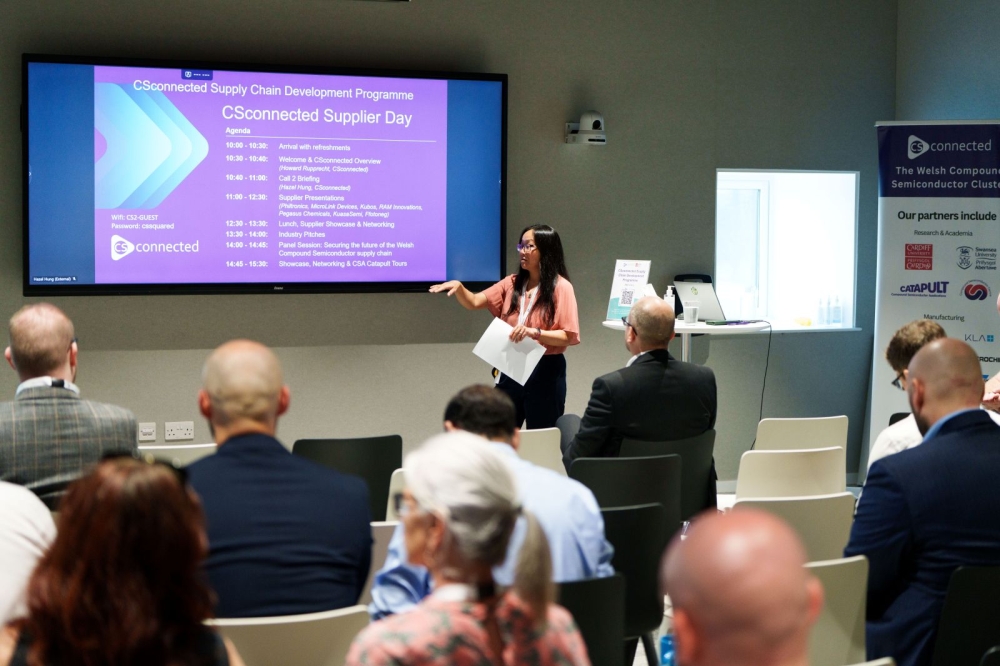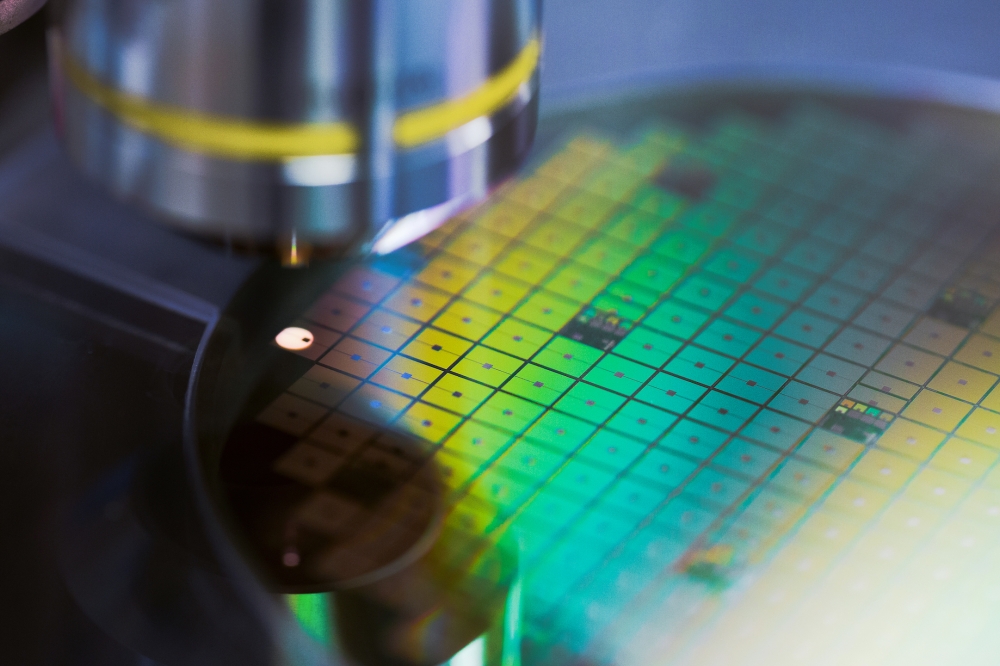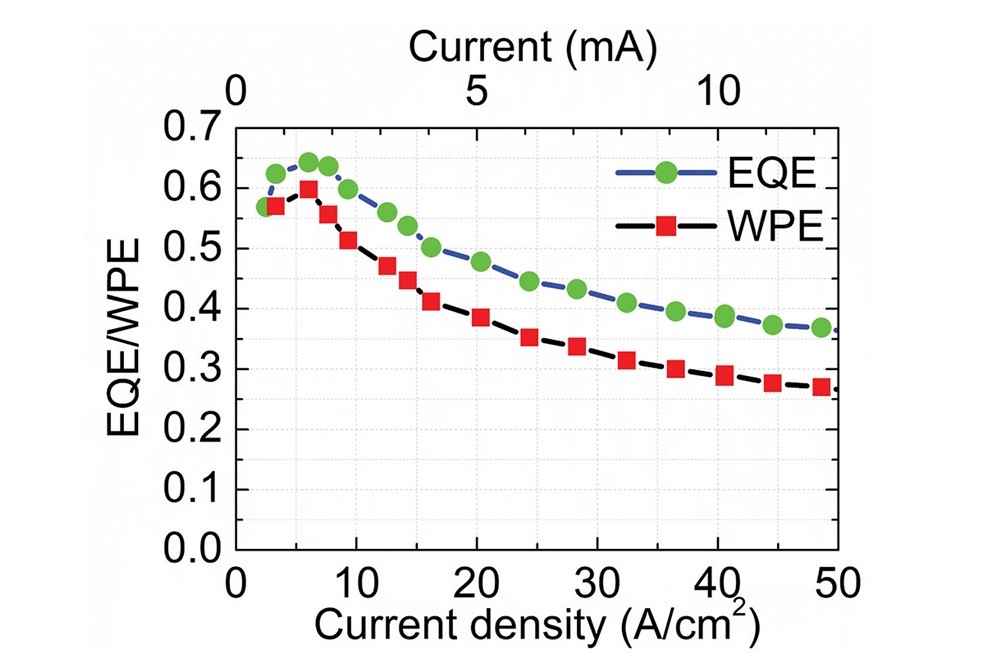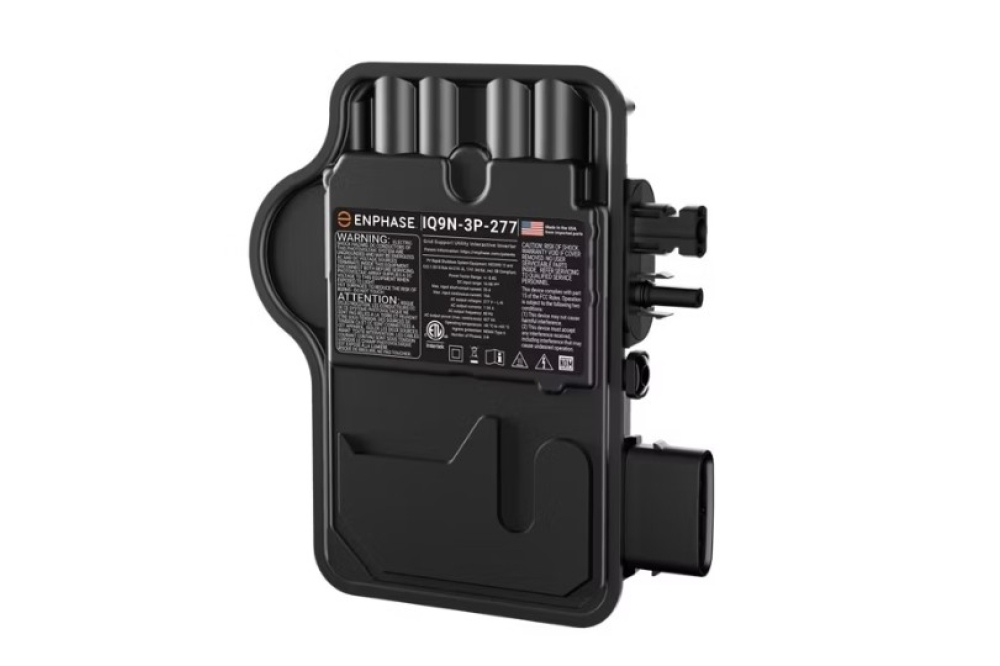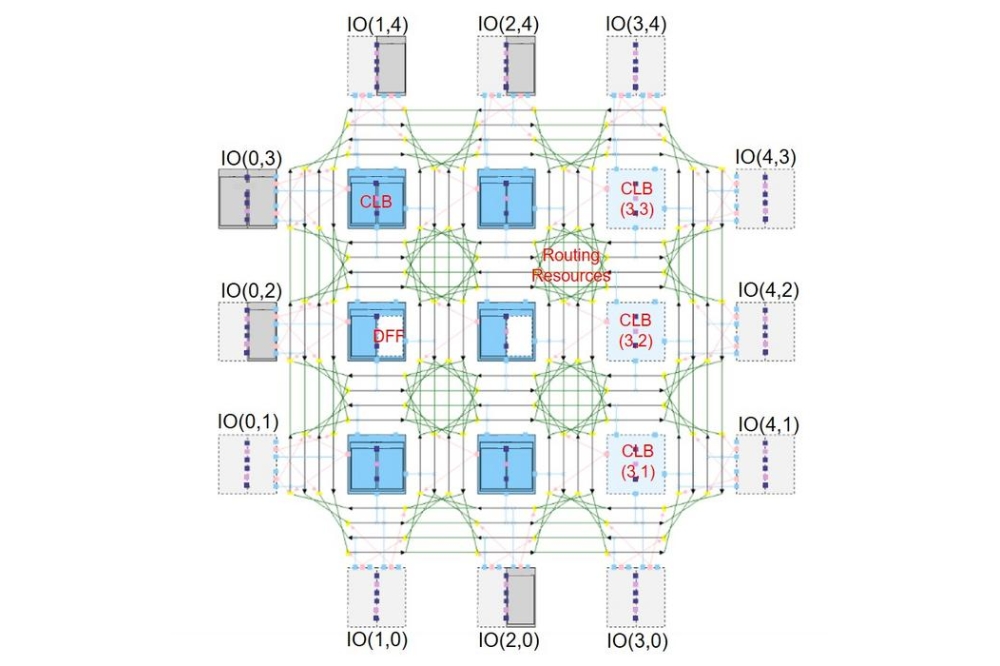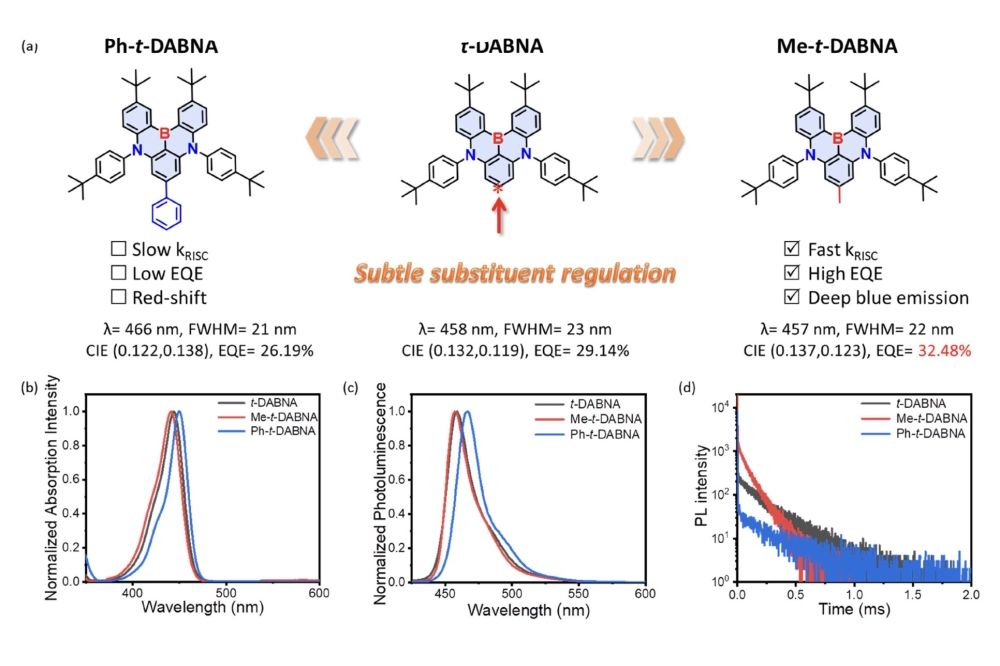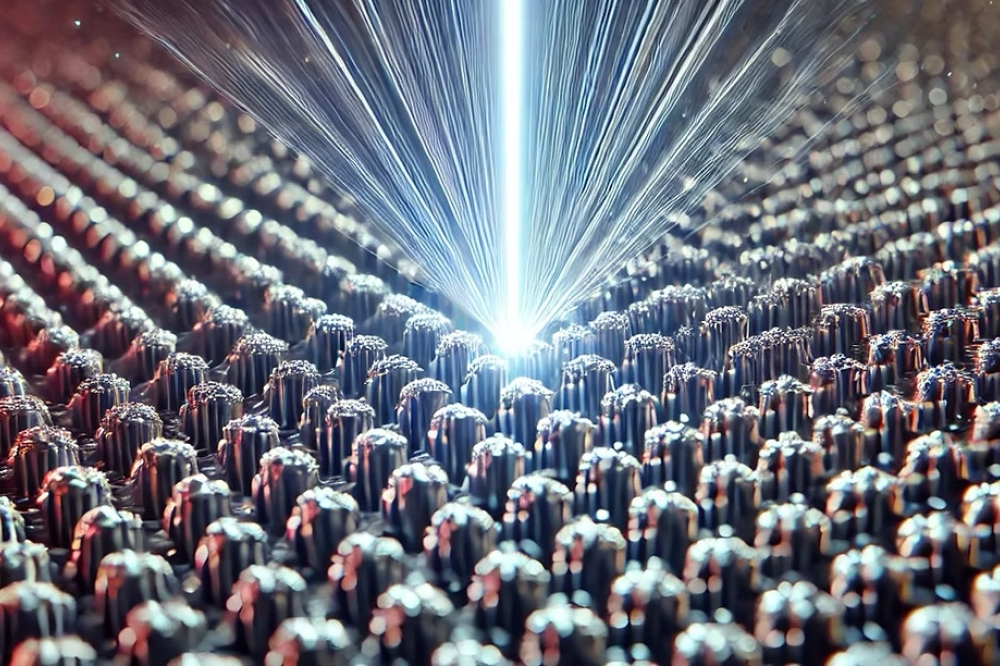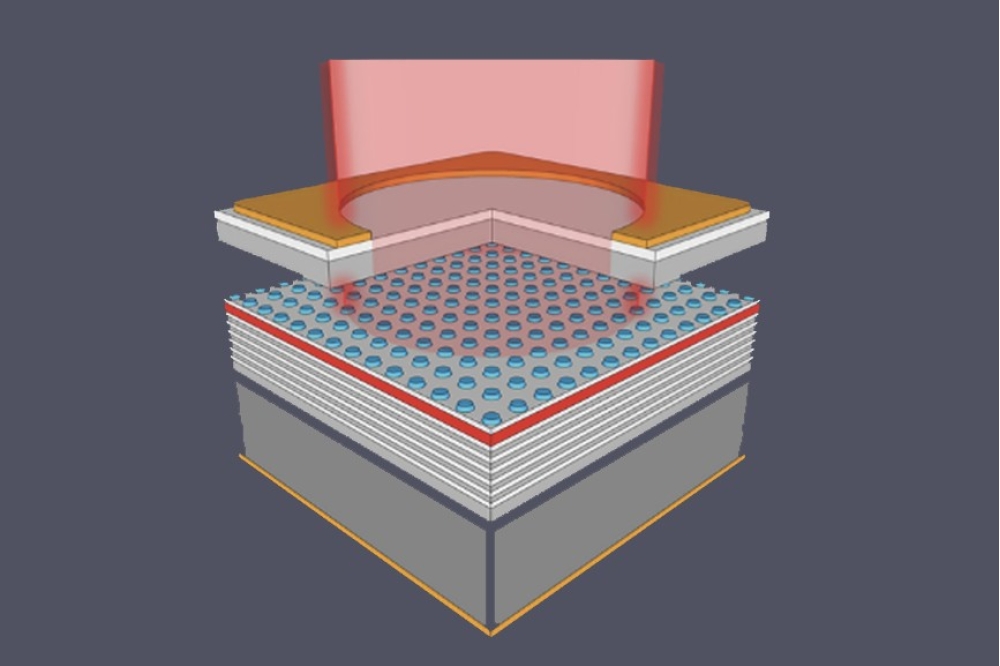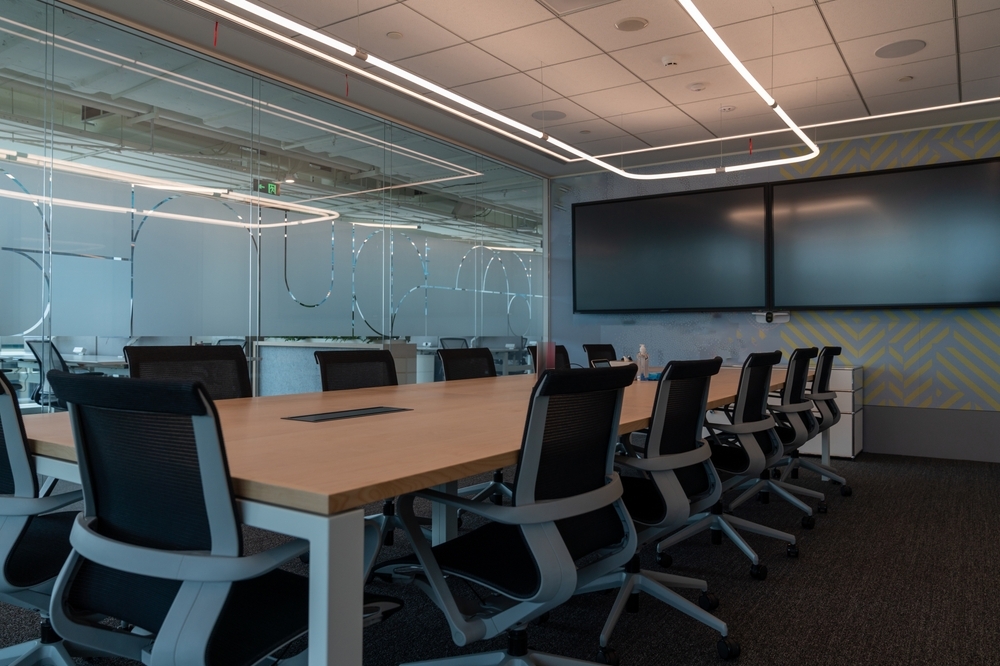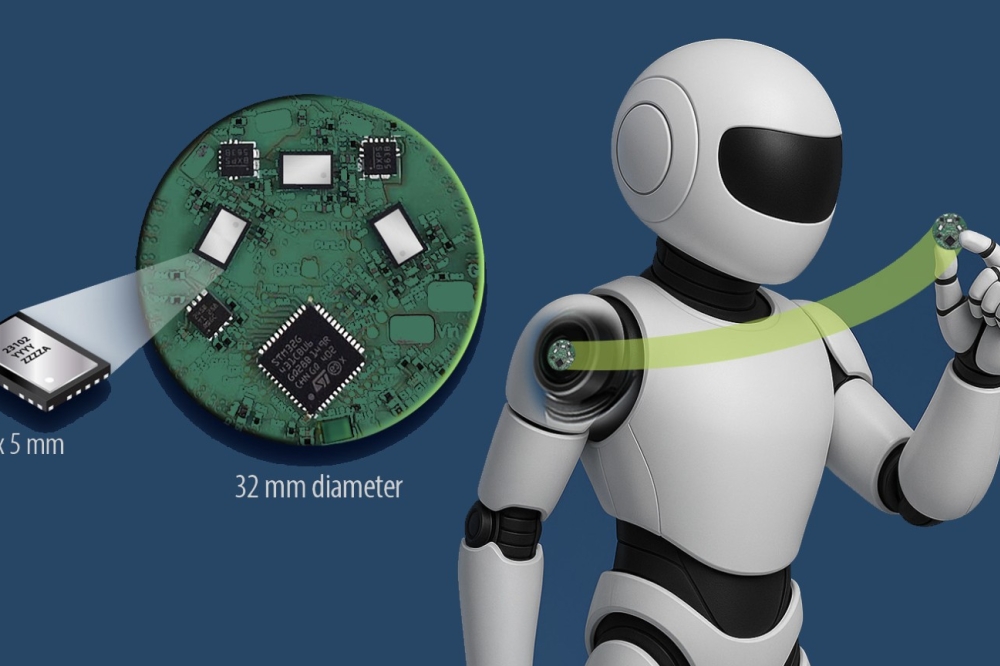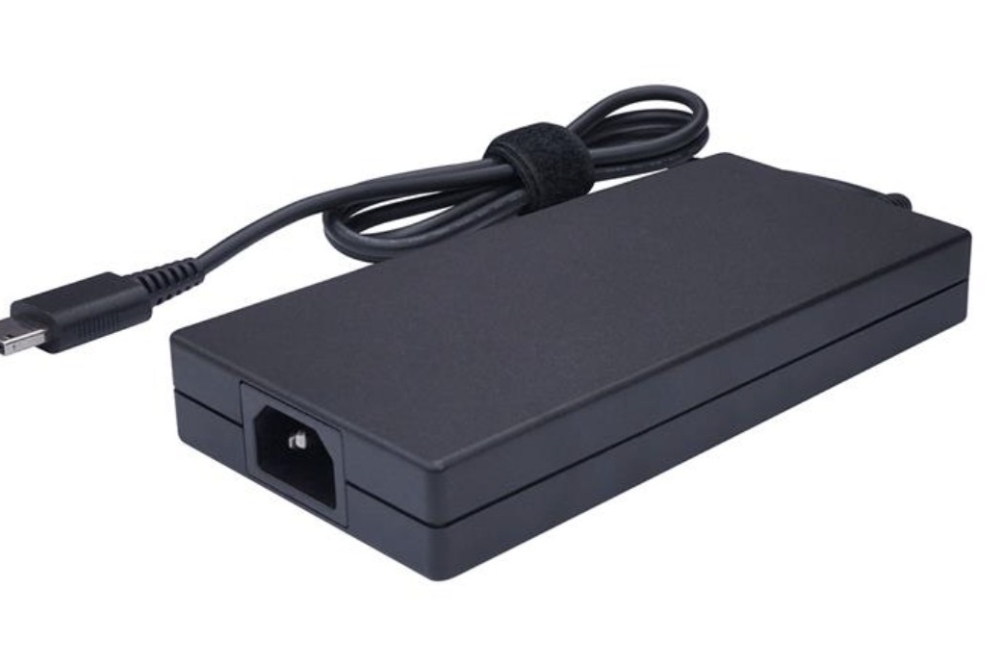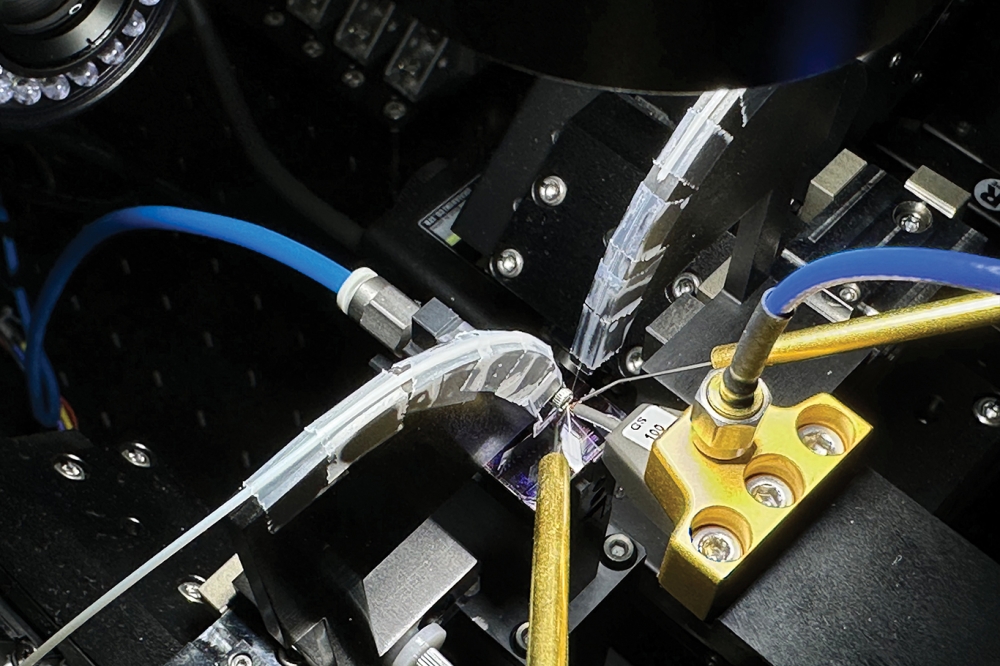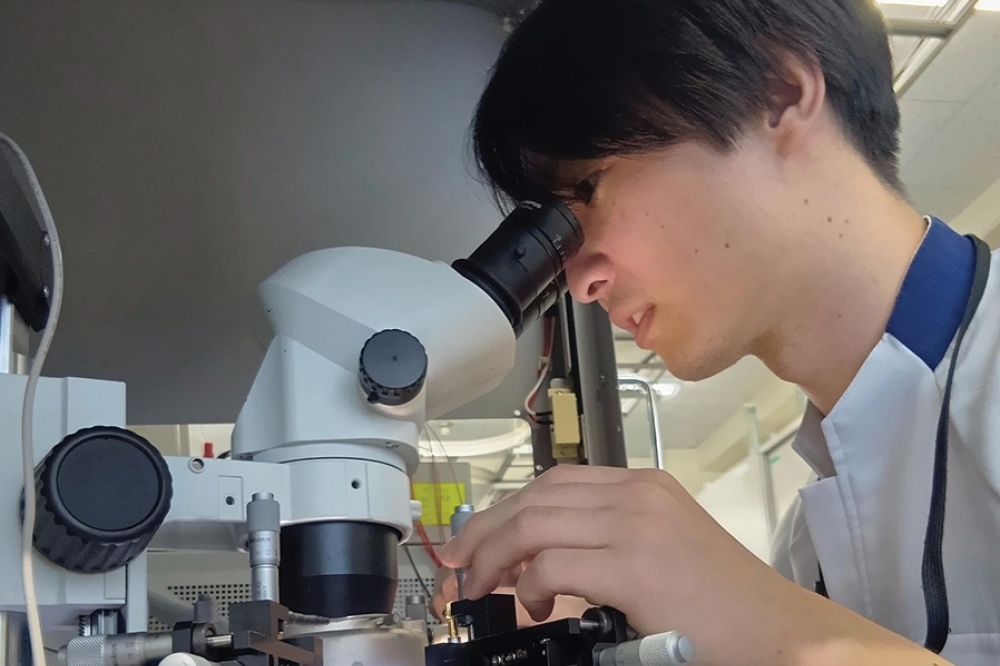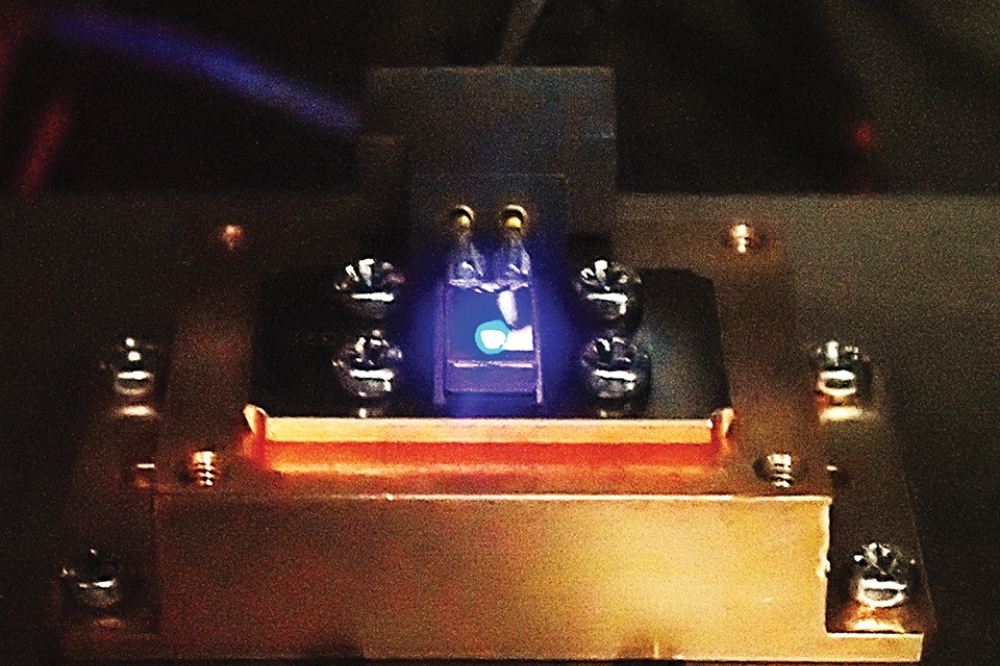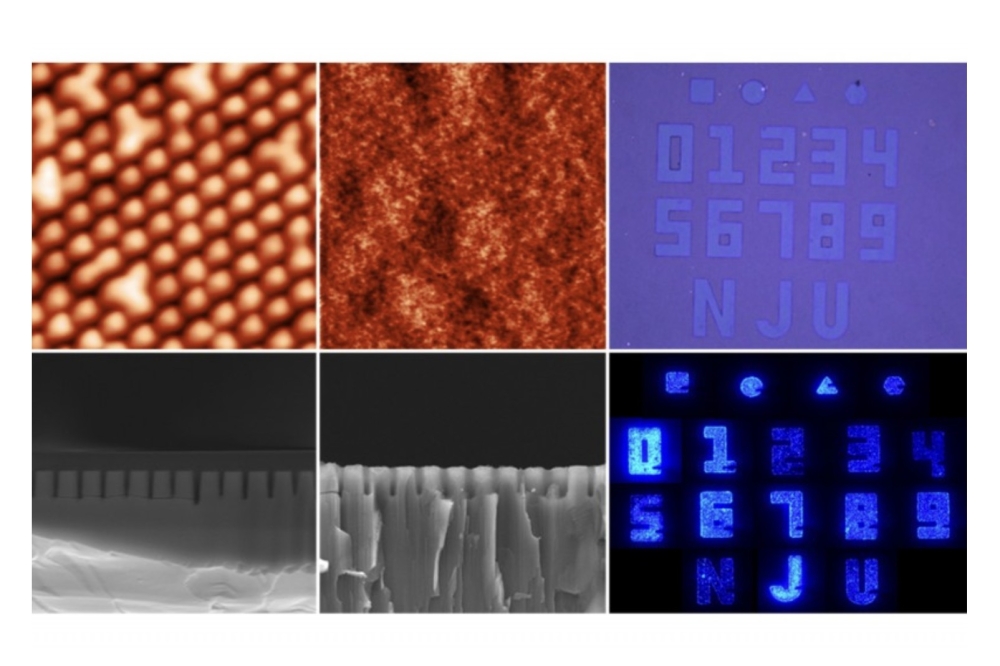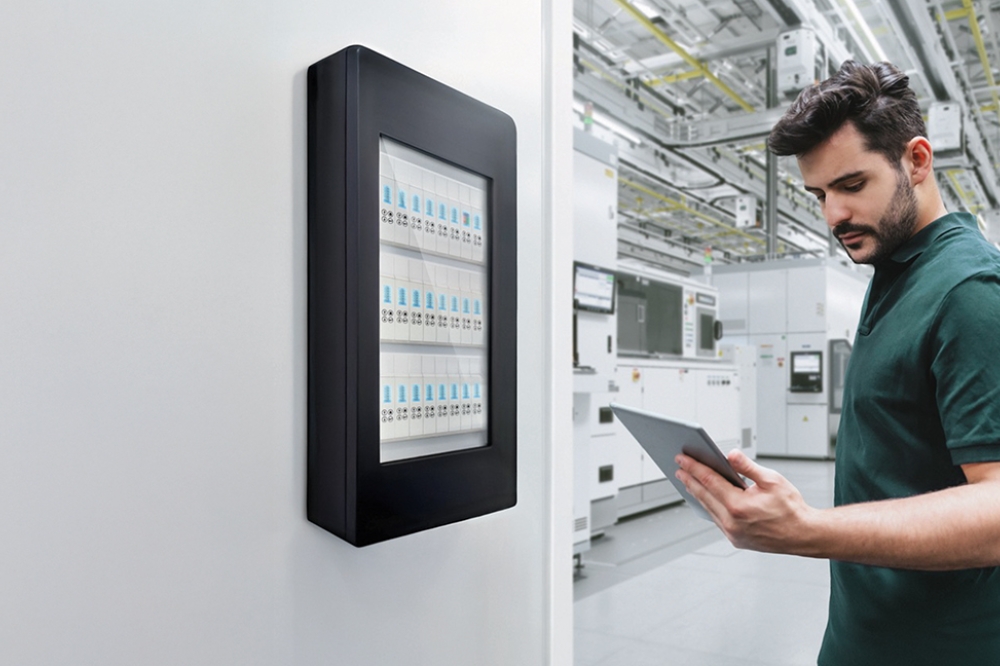Brooks opens new manufacturing site in Malaysia
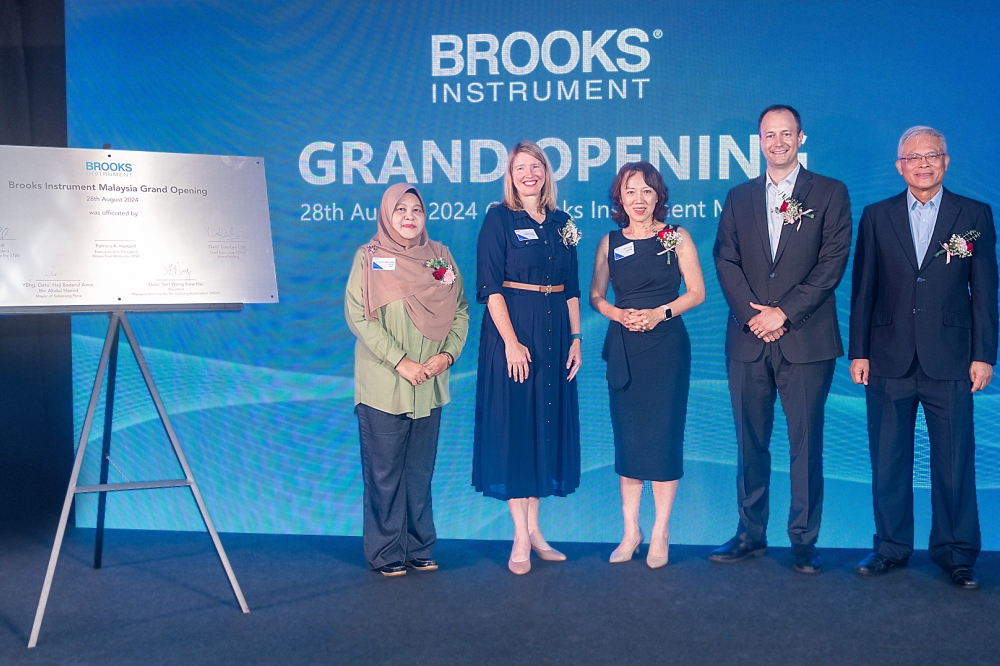
Brooks Instrument, a specialist in flow measurement and control, has celebrated the opening of a manufacturing facility in Penang, Malaysia, where it produces mass flow controllers (MFCs) used in semiconductor and other critical gas flow control applications.
The 57,000-square-foot plant, which began shipping MFCs in January 2024, is Brooks Instrument’s fourth global production area. The other locations are in the US Hungary and Korea.
Brooks Instrument is owned by Illinois Tool Works (ITW), which has a 42-year history of investment in Penang, with ITW Meritex providing packaging solutions for chips that support semiconductor back-end customers.
The Brooks Instrument opening took place at the end of August and included Dato’ Seri SH Wong, president of the Malaysia Semiconductor Industry Association (MSIA) and Dato’ Loo Lee Lian, CEO of InvestPenang, along with several other government officials, industry dignitaries and customers.
Patty Hartzell, executive VP, Test & Measurement and Electronics at ITW, gave the keynote address and paid tribute to the efforts of the team who made the new facility operational in record time. “I am proud to say it took less than a year from the time we approved the capital expenditure to the day when the first mass flow controllers were produced in the factory,” said Hartzell.
She also recognised the support Brooks Instrument received from several government and industry groups, including InvestPenang, Majlis Bandaraya Seberang Perai (MBSP), the Malaysian Investment Development Authority (MIDA), Penang Development Corporation (PDC) and MSIA.
The new Penang site includes Brooks Instrument’s largest Class 100 clean room manufacturing area and will allow the company to double its worldwide MFC production capacity. The high-volume facility is mainly producing GF100 series mass flow controllers, which are often viewed as the semiconductor industry standard for reliable and repeatable delivery of process gasses.
The factory also serves as an additional location for manufacturing and parts inventory, complementing the company’s other production facilities while reducing the risk of a supply chain disruption.


